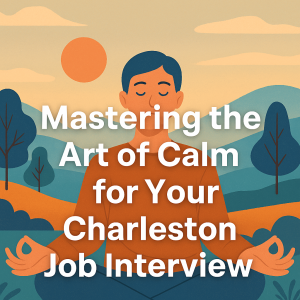In the competitive landscape of job hunting, a well-crafted resume can be the difference between landing your dream job and falling into the void of countless applications. Mastering the art of resumes requires not just a keen understanding of your own skills but also a strategic approach to how you present them. It’s time to delve into the essentials of crafting a resume that stands out and sets you on the path to success.
Understanding the Basics of Resume Structure
Before diving into the intricate details of fonts, bullet points, and colors (yes, we’ll get there!), it’s crucial to grasp the fundamental structure of a resume. A typical resume comprises several key sections: contact information, objective or summary, work experience, education, and skills. Each section plays a vital role in how potential employers perceive you.
Your contact information should be clear and professional—no nicknames or playful email addresses. The objective or summary is your elevator pitch; think of it as your movie trailer—the enticing snippet that convinces someone to watch the whole film. Your work experience should be listed in reverse chronological order to highlight your most recent accomplishments. Education and skills provide the finishing touches that round out your professional profile.
Tailoring Your Resume for Each Job Application – VERY IMPORTANT
One of the most common pitfalls applicants encounter is sending out the same generic resume for every job. Just like a chef wouldn’t serve the same dish to every customer, you shouldn’t serve the same resume to every employer. Tailoring your resume means tweaking it to align with the job description, emphasizing the experiences and skills that best match what the employer is looking for.
Take the time to analyze the job listing. Look for keywords and phrases that are repeated and incorporate these into your resume where relevant. This not only shows your understanding of the role but also helps your resume pass through Applicant Tracking Systems (ATS) that many companies use to screen candidates.
The Power of Action Verbs
When detailing your work experience, the words you choose matter immensely. Action verbs breathe life into your accomplishments and make your resume more engaging. Instead of saying “responsible for managing a team,” you could say “led a dynamic team of five to achieve a 20% increase in productivity.” It’s the difference between telling a story and narrating a dull account of your past.
Some powerful action verbs include “achieved,” “developed,” “spearheaded,” and “optimized.” Each word is a small window into your capabilities and the impact you’ve had in previous roles. And remember, brevity is key—keep your descriptions concise yet impactful!
Design Matters: Making a Lasting Impression
Once you have the content down, it’s time to consider the design of your resume. A cluttered, chaotic resume can be as off-putting as a fruitcake at a summer picnic. Opt for a clean, professional layout that is easy to read. Stick to a simple color scheme and consistent font choice. Fonts like Arial, Calibri, or Times New Roman keep things neat and allow your content to shine. The old KISS adage, keep it simple stupid definitely applies here.
Utilize white space effectively; it’s like breathing room on a crowded subway. Don’t be afraid to use headings and bullet points to break up text and make your resume skimmable. Remember, hiring managers often sift through dozens of resumes in a day; a visually appealing document will make their job easier and enhance your chances of being noticed. If you need further assistance, there a numerous online providers of resume writing. Here’s a link to just one of many.
Proofreading: The Final Polishing Touch
Your resume is almost complete, but before you hit that send button, one of the most critical steps is proofreading. Spelling or grammatical errors can tarnish even the most impressive resumes and suggest a lack of attention to detail. Read your resume multiple times, and don’t be shy to enlist the help of a friend or family member to catch any mistakes you might have missed. Consider having a colleague look at the resume as well since sometimes as the author you don’t catch your own mistakes.
Additionally, consider running your resume through online proofreading tools to ensure clarity and correctness. A polished resume reflects professionalism and dedication—qualities every employer appreciates. Remember, your resume is your personal marketing tool; treat it with the respect it deserves!
In conclusion, mastering the art of resumes is an ongoing process that involves understanding structure, tailoring applications, using effective language, designing thoughtfully, and ensuring impeccable quality. By focusing on these key areas, you can create a compelling narrative about your career that resonates with employers and paves your way to success. So pick up that proverbial pen and start crafting your masterpiece—it’s time to showcase the professional you!
Headquartered in historic Charleston, the recruiters at Dunhill are happy to critique your resume. You can reach a Dunhill recruiter here.







